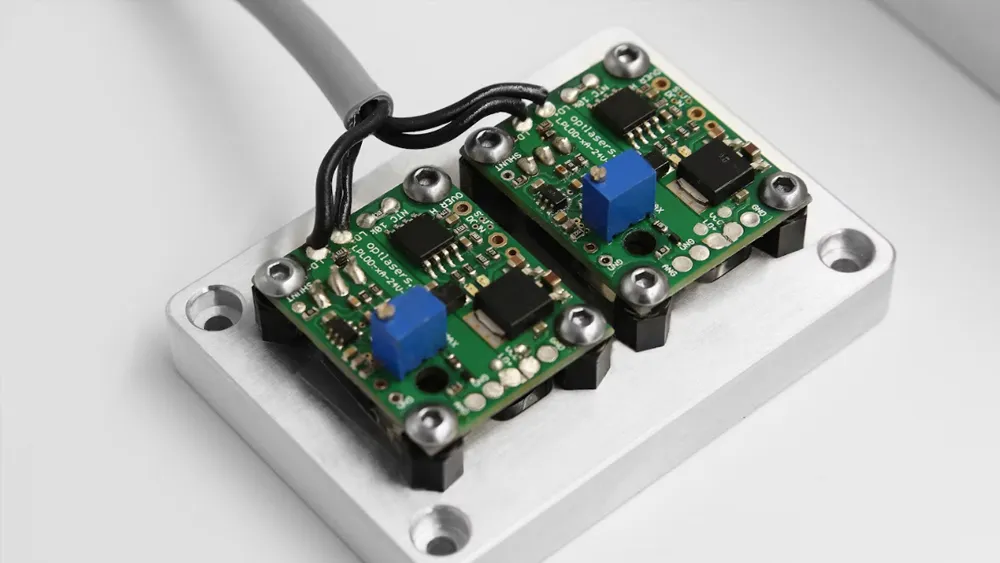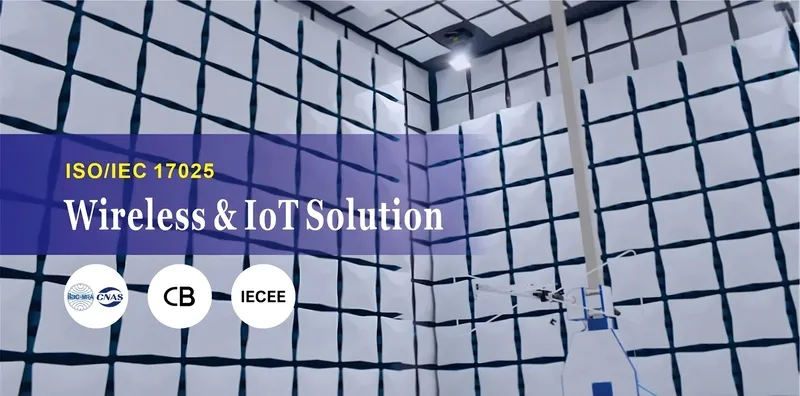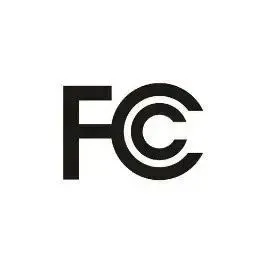
Differences Between GS Certification and CE Certification
gs certification Overview
GS Certificationis a widely recognized German safety certification mark used in the European market.
"GS" stands for Geprüfte Sicherheit, meaning "Tested Safety" in German. It is sometimes interpreted as "Germany Safety." This is a voluntary certificationbased on the German Product Safety Act (ProdSG), and products are tested according to harmonized European standards (EN) or German industrial standards (DIN).
The gs mark indicates that a product has passed safety testing by an independent and reputable certification body. While not legally requiRED, it provides strong assurance to consumers and holds manufacturers accountable under strict German and European product safety regULations in case of accidents or failures. This makes the GS mark a powerful marketing toolthat enhances customer trust and boosts sales potential.
Although it originates from Germany, GS certification is recognized across most European countries. Products certified with the GS mark often also meet the requirements for the CE mark, making it a valuable addition for manufacturers aiming for the EU market. Despite being voluntary, the GS mark is viewed as a mark of higher product reliability and can give a competitive edge, particularly for electrical appliances.
Common GS Certification Bodies
Several internationally recognized certification bodies are authorized to issue the GS mark, including:
1. TUV Rheinland (TUV RH)
2. TUV SUD
3. VDE
4. NEMKO
5. UL-DEMKO
Key Differences Between GS and CE certifications
1. Nature of Certification
CE certification is mandatoryfor products sold within the European Union that fall under specific directives. All such products must carry the CE mark.
In contrast, GS certification is voluntary, but products that obtain it are often more competitive in the European market.
2. Focus Areas
CE certification focuses on product safety and electromagnetic compatibility (EMC).
GS certification, on the other hand, concentrates more specifically on mechanical and electrical safety.
3. Legal Liability and Consumer Protection
The CE mark ensures that a product complies with relevant EU directives, and liability lies with the manufacturer or importer in case of non-compliance.
The GS mark adds an extra layer of safety assurance, and since it is issued by an independent, accredited body, it reinforces the manufacturer’s responsibility under German and EU product safety laws.
4. Recognition and Market Influence
CE is a legal requirementand must be affixed to all applicable products before entering the EU market.
GS is not required by law, but it is widely recognized and often preferred by consumers, especially in safety-sensitive product categories like electrical appliances.
5. Certification Process and Cost
① CE Certificationis relatively fast and affordable. Most certification bodies can issue ce certificates. The cost typically ranges from USD \$1,600 to \$4,000, and the process usually takes less than 10 working days. No factory audit is required.
② GS Certificationis more rigorous. Costs include testing fees, factory inspection fees, annual certificate maintenance fees, and possibly agent fees. Factory inspections are mandatory, and the entire process usually takes at least 6 to 8 weeks, sometimes longer.
Email:hello@jjrlab.com
Write your message here and send it to us
 Can You Conduct Lab Tests to UL Standards
Can You Conduct Lab Tests to UL Standards
 What Products Are Affected by Prop 65?
What Products Are Affected by Prop 65?
 CPSIA Compliance for Children's Products
CPSIA Compliance for Children's Products
 Children's Products Canadian Requirements
Children's Products Canadian Requirements
 What is a CE EU Authorized Representative
What is a CE EU Authorized Representative
 Regulations and Standards for Cell Phone Cases
Regulations and Standards for Cell Phone Cases
 Do I Need EC Homologation in the USA?
Do I Need EC Homologation in the USA?
 FCC Part 15B & Part 97 Certified
FCC Part 15B & Part 97 Certified
Leave us a message
24-hour online customer service at any time to respond, so that you worry!




